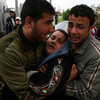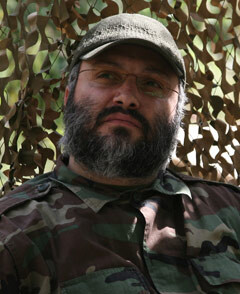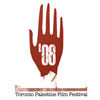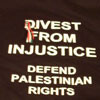
Three Gaza picnickers killed by Israeli missile
24 February 2008
Early Saturday evening, Israeli forces fired a surface-to-surface missile from one of its bases along the Gaza Strip border, targeting three friends in a bamboo hut in a field east of Beit Hanoun. The targeted area was approximately 1.2 kilometers away from the border with Israel. The rocket landed in the middle of the three civilians who were preparing food during their picnic in the field; they were instantly killed and dismembered. Read more about Three Gaza picnickers killed by Israeli missile








